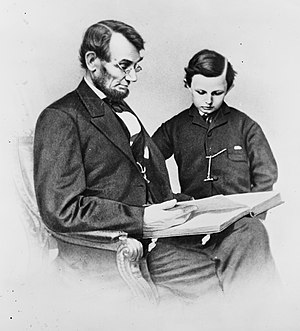I know many fine people that I greatly respect who work for the United States Post Office. I marvel regularly at what they are able to do for the cost of one little stamp. I sincerely hope that the Post Office will prove all the demise-predicting pundits wrong because I think it is an important institution for our society.

If the US Post Office ceases to exist in the next 10 years, it is my opinion its demise will not be brought about by Saturday deliveries or federal oversight that requires onerous pension payments and restricts its ability to compete with private firms. It will not be brought about by budget shortfalls or cost overruns.
Rather, the US Post Office will be brought down by the most insidious problem an organization ever has to deal with. Apathy.
I find myself frequently dealing with mailings of between several hundred and a couple thousand pieces. This is the type of mailing that is often too small to send out to a full service printer but too large to be done internally without a fair amount of effort and time. One of my practices, in order to streamline things as much as possible, has been to take a prototype of the mailing to the Post Office to make sure that there won't be any problems.
The problem has been that for almost 50% of the mailings I have done over the last few years, what I am told when I take in the prototype and what I am told when I bring in what I thought was a final mailing is different. Sometimes VERY different. It often results in a significant delay in my mailing and a loathsome amount of rework. Just recently, I brought a mailing in to get the cost of postage. I was told one amount by the clerk behind the counter. The next day, I brought in the mailing stamped and ready to mail and was told by the same guy that I had the wrong amount of postage on the mailing. The same guy. One day later.
I understand that everyone makes mistakes. It is a part of being human.
I also understand that one of any organization's best chances to provide excellent customers service that is remembered by a customer is when a mistake has been made. When a mistake has been made and identified, how your organization responds will have a huge impact on whether the customer walks away for good or not.
How your organization steps up to or runs away from problems has almost everything to do with whether the customer experiencing the problem feels that they are important to you, that you care about them as an individual customer, or whether they are "just a sale." How much customers feel respected by the offending organization has a direct correlation on positive or negative word of mouth, active antagonism or even law suits.
When I told the Post Office employee that he had told me a significantly different postage rate just they day before, that I had asked him twice if he was sure because I "didn't want to have to do this a second time" and showed him where he had written the wrong amount down for me, he just said "sorry." When I asked him and the other clerk who was present at the time what my options were, they just shrugged their shoulders with a slight smirk on their faces. It was obviously not their problem. They were apathetic to my issue.
I know that the Post Office, as a pseudo-governmental agency, might have limited options. I know that they weren't going to be able to let me mail my mailings with insufficient postage. But I also know that neither of the clerks who were confronted with this issue took this on as their concern. I know that neither of the people I was dealing with cared if they had cost me a weeks worth of work and significant amount of money and a deadline I was pushing to make.
Perhaps the Post Office can afford apathy. No one else at the moment can send a letter across the country for 46 cents (except email which can do it for free.) No one else can deliver bills and magazines and personal messages right to your mailbox for pennies (except for the internet which delivers it to your computer, in the house, for free.)
Perhaps the Post Office can afford apathy but no one else can. Including their customers and former customers!
Please let me know of experiences you have had with excellent, and not so excellent, customer service in the comments below! Thanks!























